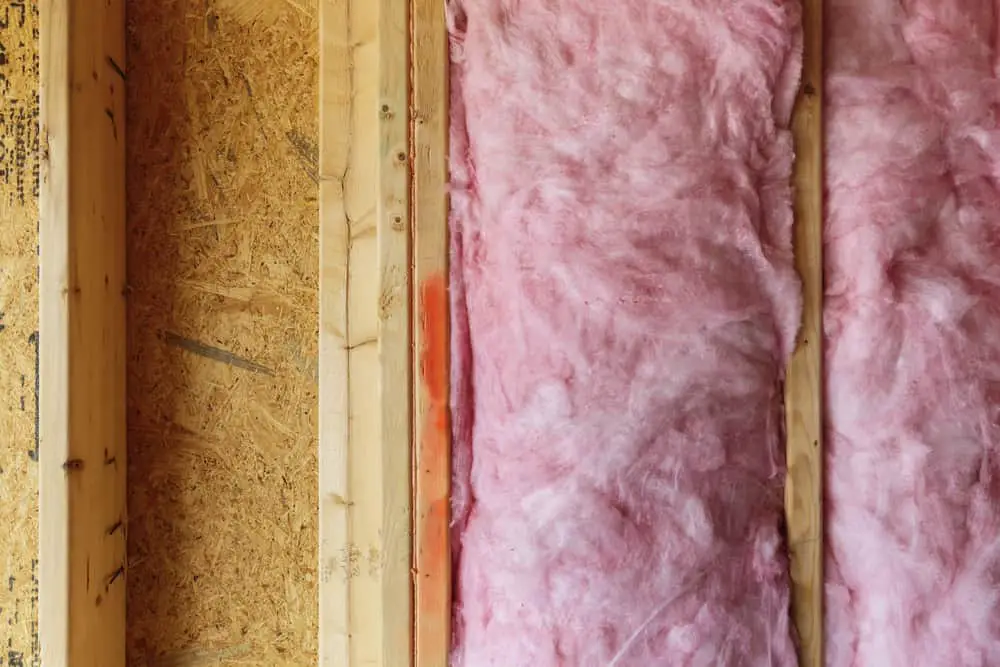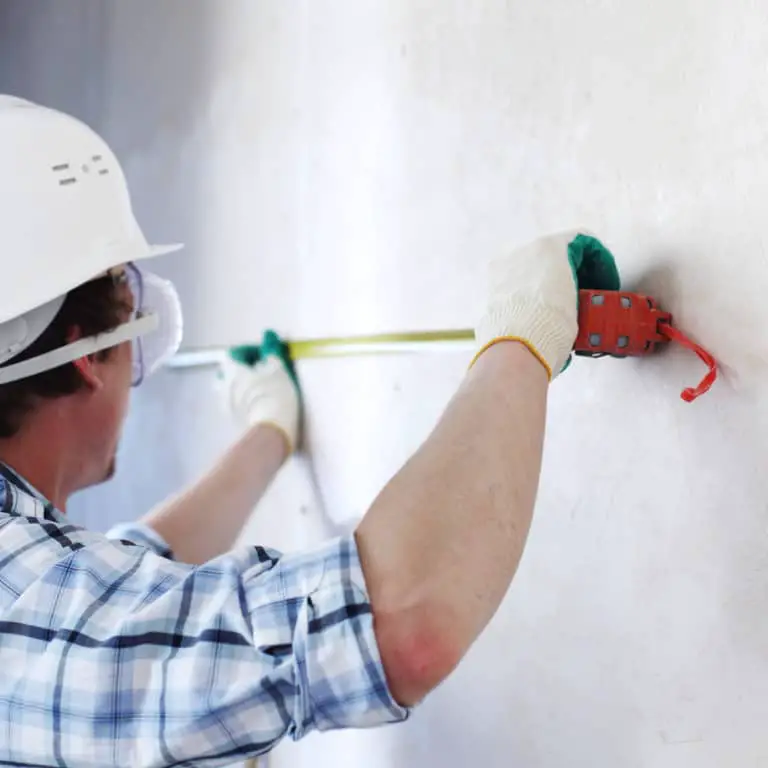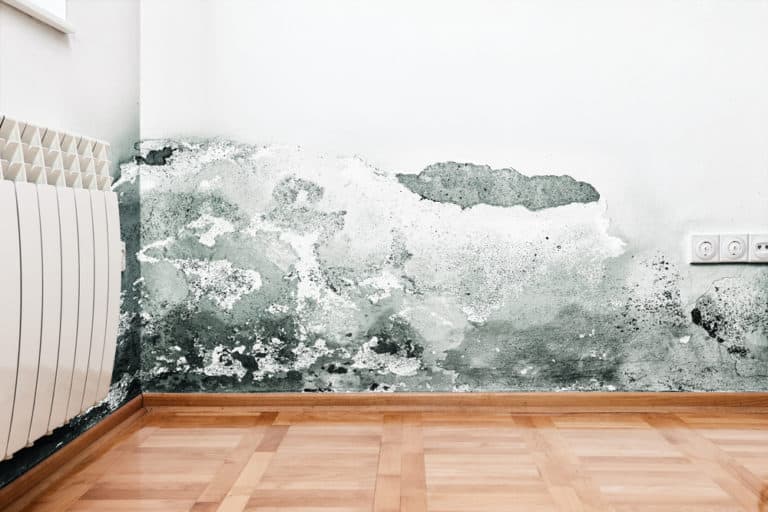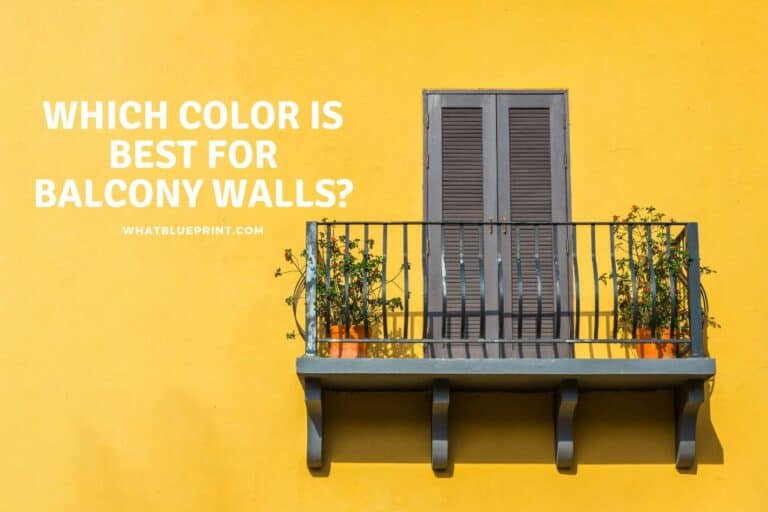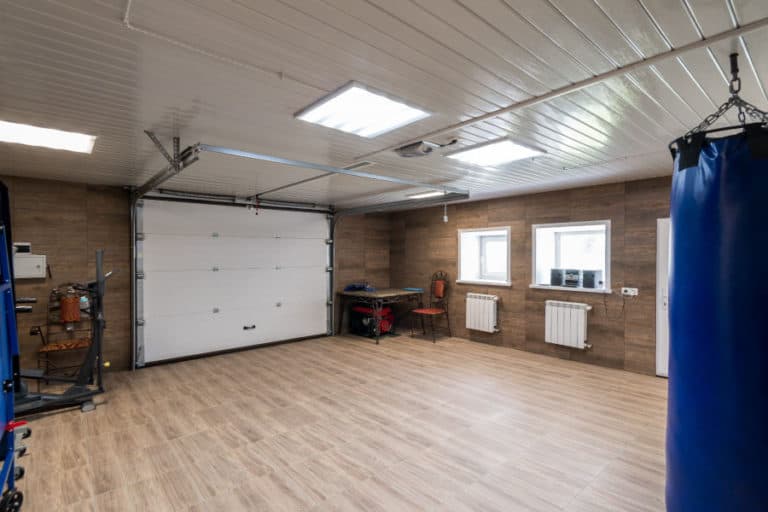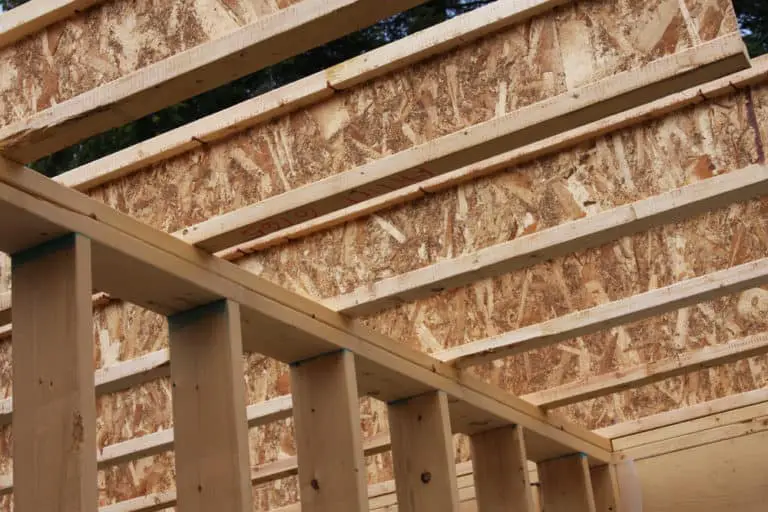Loft Insulation in Walls: The 5 Pros and Cons
Loft insulation is typically made up of high-rated insulation materials and finishes. Exterior walls are always insulated to protect the building from cold weather. The question now is if you can use loft insulation inside your wall for their benefits.
For most cases, it is not recommended to use loft insulation finishes/materials for your walls. There’s a reason why loft insulation uses highly rated insulation to prevent heat from escaping from your home since most of it runs through a loft. It would be costly and impractical to use the same insulation type for your exterior and interior walls.
Read on as we’ll be going into insulation in general and the various pros and cons of using loft insulation in your walls.
Insulation rating: What does it mean?
To put it simply, insulation rating is used to describe how well an object can prevent heat flow transmission. This is a good thing because we don’t want the heat to escape from our homes during winter.
Insulation rating is simply derived from how well a material can deter the flow of heat through it. You may notice that some requirements, such as an insulation rating of R60, can’t be achieved through one finish. Multiple insulations are needed, and their ratings are added together to reach this number.
Benefits of installing loft insulation on your walls
If there is one particular benefit of using loft insulation for your walls is that it will indeed significantly reduce thermal bridging from happening. Thermal bridging is a term used to describe how heat tends to flow and concentrate into a path of least resistance. This is why heat tends to go towards your studs, joists, and other parts of your home that aren’t fully encapsulated by insulation.
A situation where you can use loft insulation on your walls would be for walls near a boiler, for example. It wouldn’t hurt, and it wouldn’t be too costly to put up loft insulation on a section of a wall that the boiler is attached to. Loft insulation tends to have a very high fire-resistance value due to its density and material. It is also great for protecting older studs from deteriorating because of the heat from a boiler.
Cons of installing loft insulation on your walls
We’ll now be going into the cons of using loft insulation in your walls. We’ll be coming from a practical perspective for the points we listed below.
- It’s too much insulation.
The insulation used for lofts is explicitly designed for it. A home can lose up to 25% of its heat through its attic. Walls don’t need as much insulation because not that much heat goes towards them.
- Costs
Loft insulation is highly thick and often quite challenging to install than other insulation finishes found inside a house. Using loft insulation in your walls will be extremely expensive, compared to the costs of installing regular insulation, and you wouldn’t be getting more value to justify the higher prices.
- Installation
As we mentioned earlier, installing loft insulation on walls would be challenging and won’t have many additional benefits. It also doesn’t work well because, most likely, you have utilities running through those walls that you may need to access. Having loft insulation like fill or blown-in will make it much more difficult for them to be accessed.
There you have it, loft insulation doesn’t work well or isn’t worth it for general wall insulation needs. These are one of the scenarios in which less is more to get the same results.
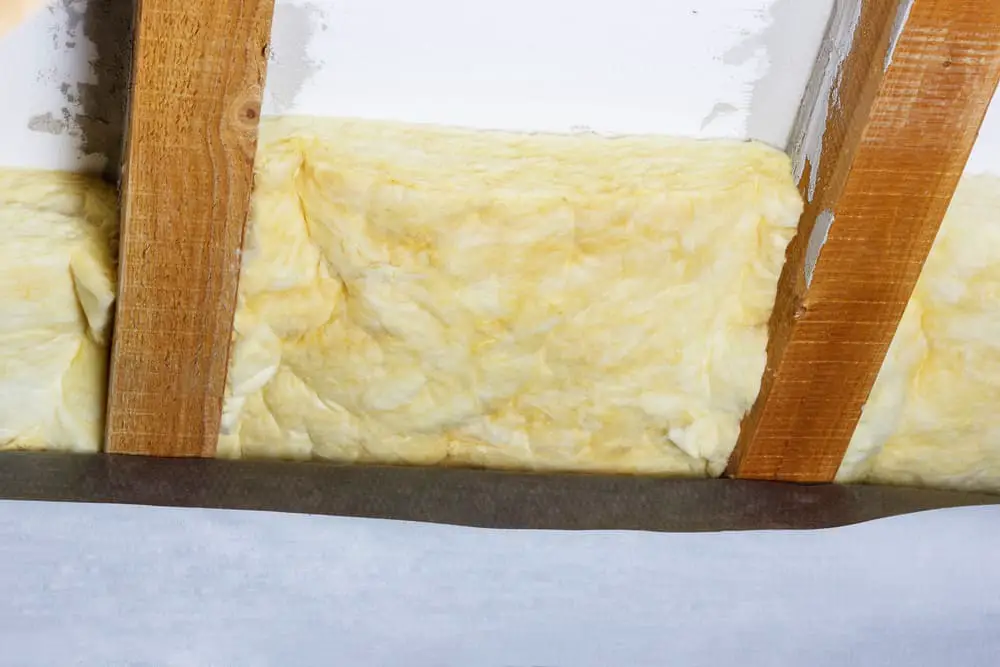
What to do for wall insulation
Now that using loft insulation for your walls is out of the cards, we can now go into what you can do instead of insulating your walls.
The type of insulation you need to install will depend on how old your house is. We’re assuming that older homes ( twenty years and above) have some form of deterioration that will affect the needed insulation rating.
For walls, you’ll typically need an R5 – rated insulation finish. The right amount of insulation can easily be achieved using a polystyrene foam board for your wall insulation. These are affordable and are very easy to work with compared to other insulation types.
When it comes to installing insulation, it all boils down to ensuring that you’ve got every part of your wall covered. All you need to do for installing foam boards is to fasten them in between your studs, which should be spaced in line with the usual standard of 24 inches.
You might be wondering why walls don’t need as much insulation compared to other parts of your house (like your ceilings or floor). Heat tends to move upwards, and only a tiny fraction of it will be moving towards your wall. This is why it’s not advised to use loft insulation for your walls because the extra effort and materials are just going to end up wasted.
Other wall finishes
It’s also highly recommended that you have a vapor barrier installed on the interior side of your wall. This is to prevent moisture from condensing on your insulation or wall materials. Vapor Barriers are usually plastic films rolled over your current finishes, used to control the water vapors from penetrating your materials.
Another wall finish you’ll need to consider is your exterior walls. There are many options, such as simply adding moisture-resistant paint to cladding new materials onto your exterior walls—most of the things that can cause damage to your walls come from the outside.
If you find that your walls are deteriorating, then interventions such as these will help. The benefits of insulation are significantly reduced if your walls aren’t in tiptop shape.
Benefits of Wall Insulation
You might be wondering at this point if it’s worth it to install wall insulation, considering we just mentioned earlier that most of the heat doesn’t go through your walls. We’d like to give you a better idea of wall insulation benefits and the value that it provides for your house.
- Sound Proofing
The added material between your walls and the outside dampen any sound that goes through it.
- Protect Utilities
Problems such as moldings on your studs or your pipes freezing are significantly reduced if you have wall insulation installed. It serves as both a barrier from moisture as well as protection from the cold.
- Fire-Proofing
Most insulation materials are also made out of fire-retardant materials. The polystyrene boards we mentioned earlier also come with fire-retardant finishes, as it’s an industry standard to do so.
- Increase Value
Homes with insulation will always be worth more than homes without them. The increase of value over time is way more than the initial costs of installing them.
- Cost-Saving
Although wall insulation doesn’t save as much energy compared to loft insulation or floor insulation, it still keeps a considerable amount of costs from energy bills. On average, it saves around $150- $300 per year.
Homes are often called a person’s greatest asset for a reason. It’s always a good practice to keep it in tiptop shape and well-protected to ensure you get the most out of it. Insulation is just one of those parts that you need to have.
Conclusion
You’re better off just using regular wall insulation for your walls rather than loft insulation. It can be an option if you find that a specific part of your wall experiences an unusual amount of cold or if you just really want to prevent heat from transferring through a wall.
Insulation is categorized based on its ability to prevent heat transference. More heat transference does not automatically mean that the insulation will perform better; not all of your house receives the same amount of heat. The extra insulation will go to waste if placed in the wrong areas.
Sources
https://www.energy.gov/sites/prod/files/guide_to_home_insulation.pdf
https://www.greenbuildermedia.com/blog/insulation-r-values-chart
https://www.monumentnews.com/benefits-of-wall-insulation/
https://www.thebalancesmb.com/exterior-wall-materials-used-in-building-construction-844846

